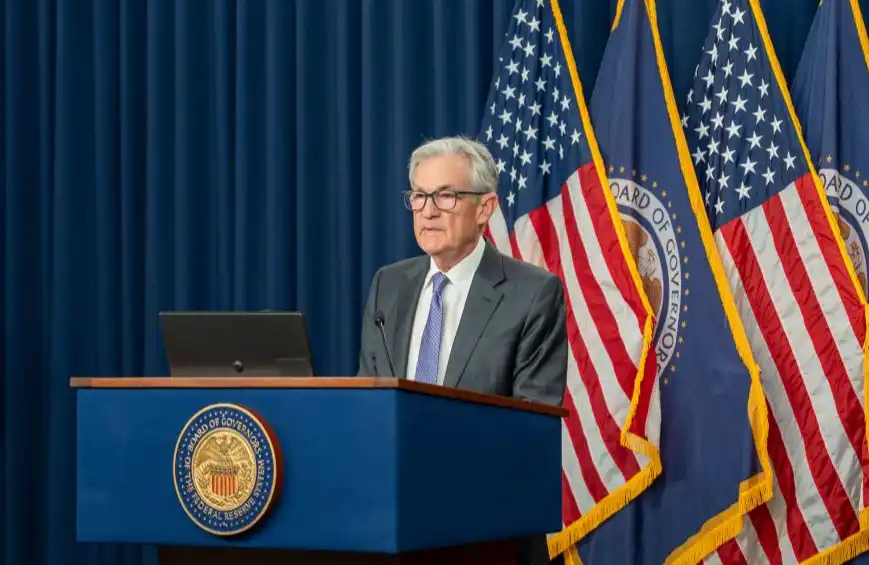- To celebrate Ethereum’s 10th anniversary, the community is passing around a special symbolic NFT torch, with a new holder each day.
- The journey will end on July 30, when the torch will be burned, representing a decade of growth and a nod to Ethereum’s future.
Ethereum (ETH) began as an idea in 2013, when Vitalik Buterin, along with a group of collaborators. After a crowdfunding campaign in 2014, that vision came to life with the official launch of the Ethereum network on July 30, 2015.
Ethereum is now approaching its decade of blockchain innovation, and the Ethereum Foundation has launched a unique and symbolic celebration: “The Ethereum Torch”, a special NFT designed to reflect the community’s journey and shared values.
In its announcement on X, the Foundation wrote: “The Ethereum Torch is now lit. The Torch is an NFT honoring the people and values that have shaped Ethereum’s first decade and will help build its future.”
Over the ten days leading up to Ethereum’s 10th anniversary, the torch is being passed from one person to another across the global Ethereum community. Each torchbearer holds it for 24 hours before passing it along, symbolizing the relay of innovation, collaboration, and belief in decentralized technology.
The first to carry the torch? Joseph Lubin, one of Ethereum’s original co-founders and the founder of ConsenSys. And on July 30, the anniversary of Ethereum’s mainnet launch, the torch will be burned, a powerful gesture of both closure and renewal. In its place, a commemorative NFT will be made available for anyone to mint, letting people everywhere hold a piece of Ethereum’s journey and its future.
The NFT’s value lies in its narrative and symbolism, not monetary exchange; it’s not even listed on OpenSea.
Key Moments in Ethereum’s History
On its website, the Ethereum Foundation highlighted some of the major milestones that helped shape the network into what it is today. One of the earliest breakthroughs came in December 2015, when DAI, the first decentralized stablecoin, was launched. Governed by a Decentralized Autonomous Organization (DAO), DAI introduced a way to hold dollar-pegged value on-chain, without a central authority.
Fast forward to September 15, 2022, Ethereum underwent one of the most important upgrades in its history: The Merge. It was a technical feat often described as replacing a car’s engine while it’s still running. Ethereum transitioned from the energy-intensive proof-of-work (PoW) system to a more sustainable and secure proof-of-stake (PoS) consensus.
The upgrade dramatically reduced the network’s energy consumption by over 99% and laid the groundwork for future scalability.
Then came another turning point. In 2024, the U.S. Securities and Exchange Commission (SEC) approved Ethereum spot ETFs. The approval enabled everyday investors and major institutions alike to gain exposure to Ethereum more safely and conveniently, thereby boosting its legitimacy, liquidity, and adoption.
And Ethereum isn’t done evolving. The upcoming Fusaka upgrade, scheduled for November 2025, aims to further enhance the network’s scalability, efficiency, and security. Named after a blend of Fulu and Osaka, Fusaka follows the Pectra upgrade and sets the stage for the next big step: Glamsterdam, expected in 2026, which will focus on even faster block times and improved gas efficiency.
Market-wise, Ethereum is once again on an upward trajectory. In 2021, ETH hit its all-time high of $4,891. Just yesterday, it surged to $3,819, putting it within 22% of its peak.
As reported by Crypto News Flash, the financial outlet, The Kobeissi Letter, believes that with current momentum, Ethereum could soon break $4,000, a symbolic and technical milestone for the second-largest digital asset.
Recommended for you:
- Buy Ethereum Guide
- Ethereum Wallet Tutorial
- Check 24-hour Ethereum Price
- More Ethereum News
- What is Ethereum?




